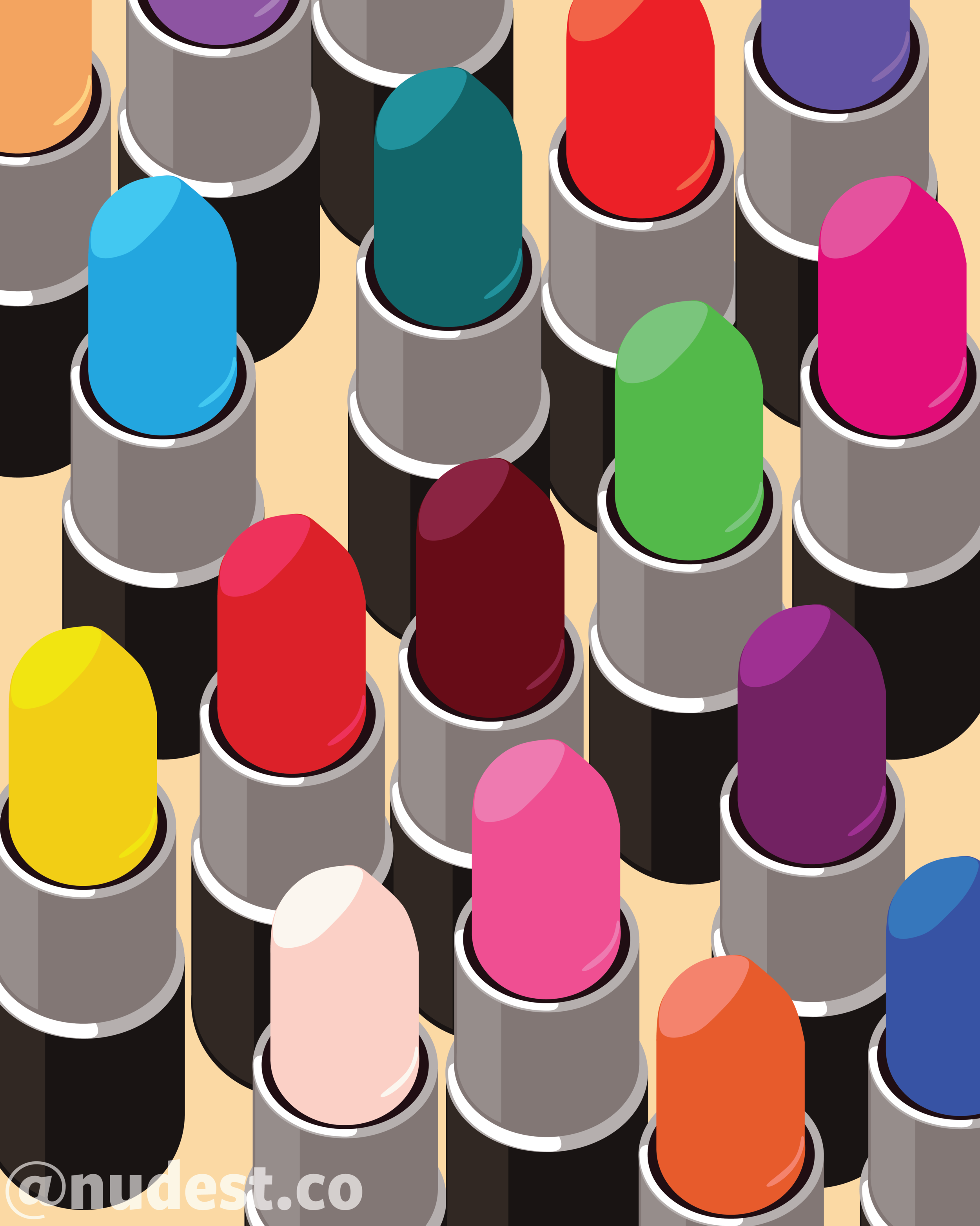Mixing Foundations: An Art and a Burden
Mixing foundations has to be the strangest, yet most fascinating beauty trend to date. Watching Safiya Nygaard mix all of her foundations and Jackie Aina mix all her shades of the same name is pure entertainment. While the art of customizing a shade can be fun, it becomes a burden when it’s consistently the only way to find a shade match.
Although brands continue to expand their shade ranges, makeup enthusiasts have pointed out that inclusivity isn’t just about the lightest or darkest shade, or the number of shades in total, but everything in between. Still, on either end of the skin tone spectrum, it’s common to see large gaps in between shades, especially when accounting for undertones. The situation is far less than ideal and often means buying two or three colors to mix a custom shade or foregoing it altogether. An exciting launch is now a frustrating game of trial and error.
Even though this happens at all price tiers, it is particularly common at the drugstore. As someone with a rich complexion and neutral undertones, I’ve noticed foundations on the darker end of the spectrum tend to have red undertones, or have large gaps between the neutral shades. Though I don’t expect to find a match in every foundation line, it can be a struggle to find a shade match with the formula and coverage I want.
Mixing foundations may sound like a quick process, but it takes time to find the right ratio of shades, and it can get messy if you want to mix enough to last a while!
When COVERGIRL’s TruBlend Matte Made foundation launched with 40 shades, it was the first time I found a potential shade match in the brand. There’s already a lot of guesswork involved in buying drugstore makeup, but this one put my shade matching skills to the test. I held the glass bottles up to the light, then against my skin. I read the shade descriptions on their website. I ended up going with shade D70 and upon swatching it at home, found that it was a tad too light and looked slightly ashy on me. What about the next shade, D80? This one was just a smidge too dark and too cool. So, I mixed them. I was relieved to find my shade was a simple 1:1 ratio of D70 to D80, but my experience mixing shades hadn’t always been that easy.
I could name quite a few foundations where I’ve had to play chemist: Fenty Beauty’s Pro Filt’r, Milani’s 2-in-1, L’Oréal’s Infallible 24HR Fresh Wear (where I mixed three shades to get the right undertone!) To all my foundation mixers, I feel your pain! But it finally feels like our voices are starting to be heard. For every foundation I’ve mixed, I’ve found two that are a great match. Shade ranges are starting to expand and expand more thoughtfully to account for undertones (have you seen the new shades in Revlon’s and Rimmel’s popular foundations?!) Fenty set a new standard for makeup inclusivity, PÜR set a record for the most shades with 100 foundations, and foundation matching has gotten a lot easier with NUDEMETER.
Pretty soon, mixing foundations will be an art and not a necessity.




